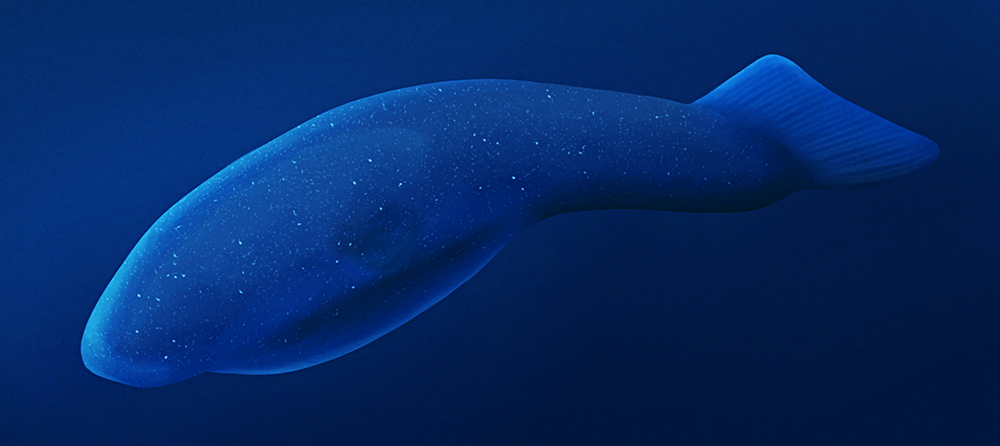Modern echinoderms typically have five-way radial symmetry as adults, and don’t at all resemble other deuterostomes – but their larvae give away their ancestry, still retaining bilateral traits and only developing radial symmetry when they mature and metamorphose.
The earliest definite echinoderms are known from the early Cambrian, about 525 million years ago, which seems to be around the point when early members of the group first developed biomineralized skeletons and became much more likely to fossilize. However, they must have an evolutionary history going back further than that, and molecular clock estimates suggest their last common ancestry with their closest relatives the hemichordates was in the Ediacaran about 570 million years ago.
For a long time the transition from bilateral to radial symmetry was a mystery, but various fossil discoveries are starting to reveal how this unique group of animals evolved.
Continue reading “Cambrian Explosion Month #10: Phylum Echinodermata – Bilateral Origins”
